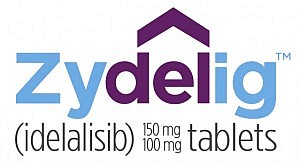Which therapies will stand out in the CLL market?
One of the things I most enjoy in cancer research is hearing wonderful patient stories from oncologists who are at the coal face of clinical trials. They get to deal with death and dying every day and like those in Pharma R&D, also live for the successes, the drugs that make it through pipeline despite great odds against them and make a meaningful impact on the daily lives of ordinary people.
We’ve all heard topline data presented at medical conferences around the world, but what the summary data can’t tell you is how a drug can impact people in ways that are clinically meaningful yet are more obtuse to capture in the aggregate. This is why case studies at CME sessions are increasingly popular, because they add value and context to common issues in a way that a Kaplan-Meier curve can never do.
 With the flurry of recent US and EU approvals for obinutuzumab (Gazyva), ibrutinib (Imbruvica) and the newest kid on the block, idelalisib (Zydelig), in CLL and indolent lymphomas, I wanted to take a look at these drugs from a different perspective.
With the flurry of recent US and EU approvals for obinutuzumab (Gazyva), ibrutinib (Imbruvica) and the newest kid on the block, idelalisib (Zydelig), in CLL and indolent lymphomas, I wanted to take a look at these drugs from a different perspective.
A reader wrote in asking which of these new agents would emerge the winner and why?
Today’s post therefore offers some thoughts on the emerging CLL landscape now that we are shifting from new product development to the marketplace.
Drugs mentioned: Gazyva, Imbruvica, Zydelig, ABT–199/GDC–0199, Arzerra, IPI–145, CTL–019
Companies: Roche/Genentech, J&J/Pharmacyclics, Gilead, GSK, Infinity, Novartis
To learn more, you can log-in to read more of our insights.
This content is restricted to subscribers